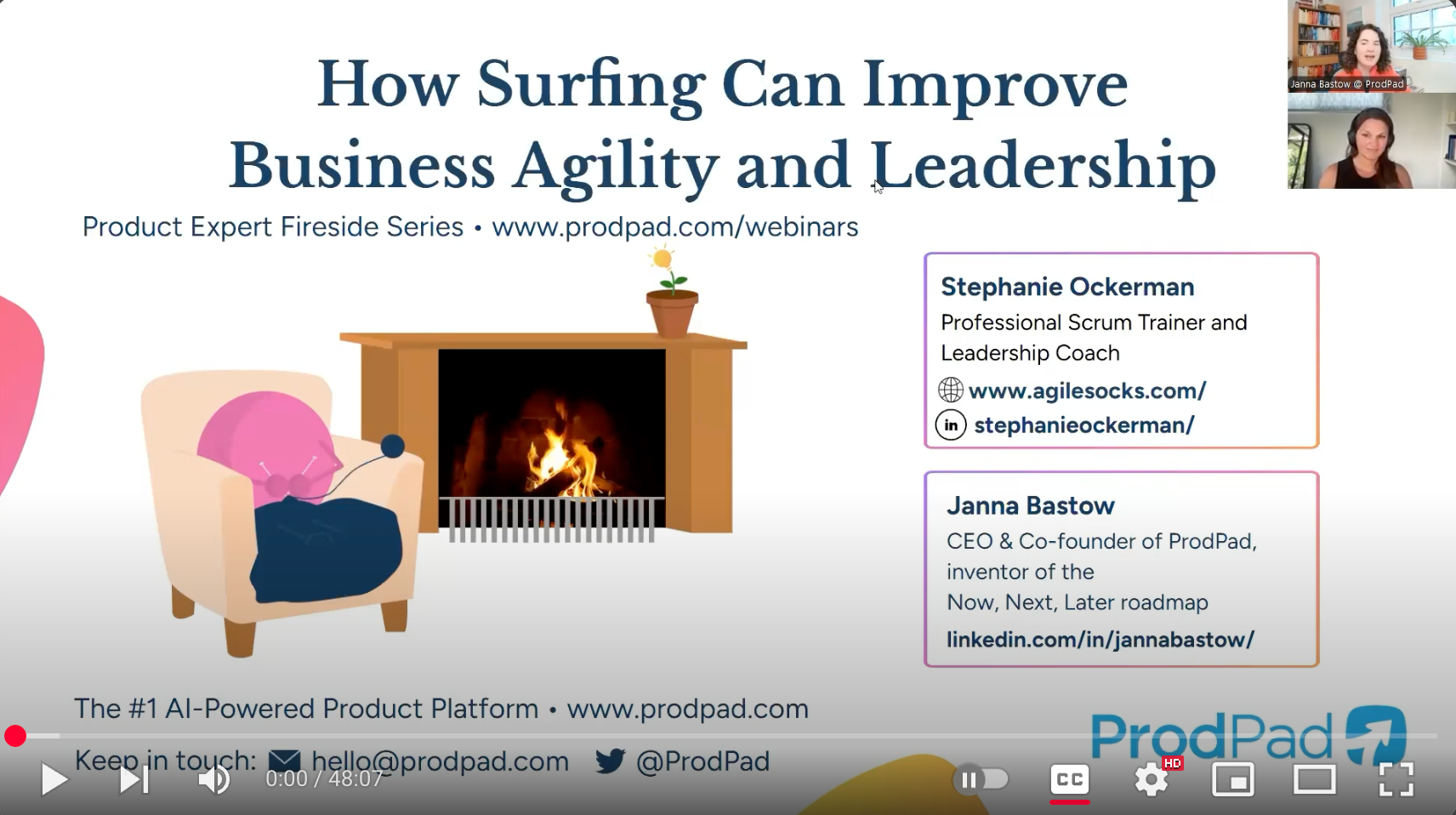
Emotions are part of the human experience.
Emotions are essentially energy in motion (e-motion). When our emotions are flowing freely, they can bring us energy and provide the fuel for us to transform and grow.
Emotions are information.
When our emotions are flowing freely, we have access to more information that we can use to help guide our decisions and our behaviors.
I recently heard the term “emotional agility” on a meditation app, and it really resonated. So I wanted to riff on this concept from the agile coaching perspective.

I am defining emotional agility as our ability to recognize and be with our emotions and other people’s emotions, and tap into emotions to enable growth and transformation.
We get into trouble when we try to deny or push away our emotions.
We get into trouble when we cannot be with our emotions.
This is when we may react blindly rather than choosing an intentional response. Or maybe we avoid situations that may bring up an emotion we don’t want.
There are not ‘good emotions’ or ‘bad emotions.’ Some emotions may feel more expansive while others may feel more constrictive. But they are all valid and informative, and we will experience the full gamut throughout out lives.
The bigger and more authentically we live our lives, the wider our emotional experience will be.
When people bring their skills and talents fully to life, that is when individuals, teams, and organizations thrive.
As a Scrum Master and Agile Coach, I cannot count the number of times I have been disappointed, frustrated, enraged, bitter, or [fill in the blank] about something an organization did that undermined our progress enabling agile teams.
Sometimes (okay, many times), I let that emotion run me. Maybe I wasted a lot of energy waging a war for no good reason. Maybe I forgot to assume positive intent and hurt an important relationship. Maybe I let the bitterness put out my fire. Maybe I reacted without thinking, both setting a bad example for my team and causing unnecessary stress.
With lots of learning and practice, I now see situations like this and become aware of the emotion it brings up for me. My work matters to me, so it’s okay if I am upset. But I don’t react. I don’t attack the person. I let myself feel it fully, knowing it will likely pass through me in 90 seconds. I look for what this tells me about myself. I assume positive intent and stay curious. I can then choose how to best influence agility.
Someone sends an email copying management, and I feel like I’ve been thrown under the bus. I am furious. Do I immediately send a snarky reply, or do I take a moment to think about why I feel this way and what I really want?
A team member is going through a difficult time. Do I show my discomfort when he’s feeling sorrowful at work, or do I recognize his needs and create a safe space for him to be?
We didn’t meet our Sprint Goal, and my team feels dejected. Do I say it’s okay to fail and try to cheer the team up? Or do I encourage everyone to just sit with this feeling, learn from it, remember that we took a risk and did the best we could with what we had, and then focus on how we want the next Sprint to be?
With increasing complexity and unpredictability, we must be able to make decisions quickly and have foresight to see what may be coming.
Yes, we should gather empirical data. But we cannot spend too much time gathering data and analyzing. Emotion can be one more piece of accessible information to add to the tapestry.
If I am apathetic, what does that tell me? If I feel exuberant and a little nervous, what’s important about that? If there is a feeling of heaviness with the team, what’s behind that?
When we don’t have emotional agility, we let our emotions run our lives.
We feel less in control. We will likely suffer the consequences of reacting without intention.
We may be afraid to experience certain emotions. Then we don’t expand our range.
When we don’t have emotional agility, we are less in tune with ourselves and others.
We get stuck. We miss important information.
Emotional agility helps you be a better coach, a better leader, a better team member.
Emotional agility helps you make informed decisions, achieve your goals, and experience growth.
It’s your choice.



AGILE SOCKS is a registered trademark of Agile Socks LLC. Other marks used herein are the property of their respective owners. For more information see Trademark Notice in Terms & Conditions.